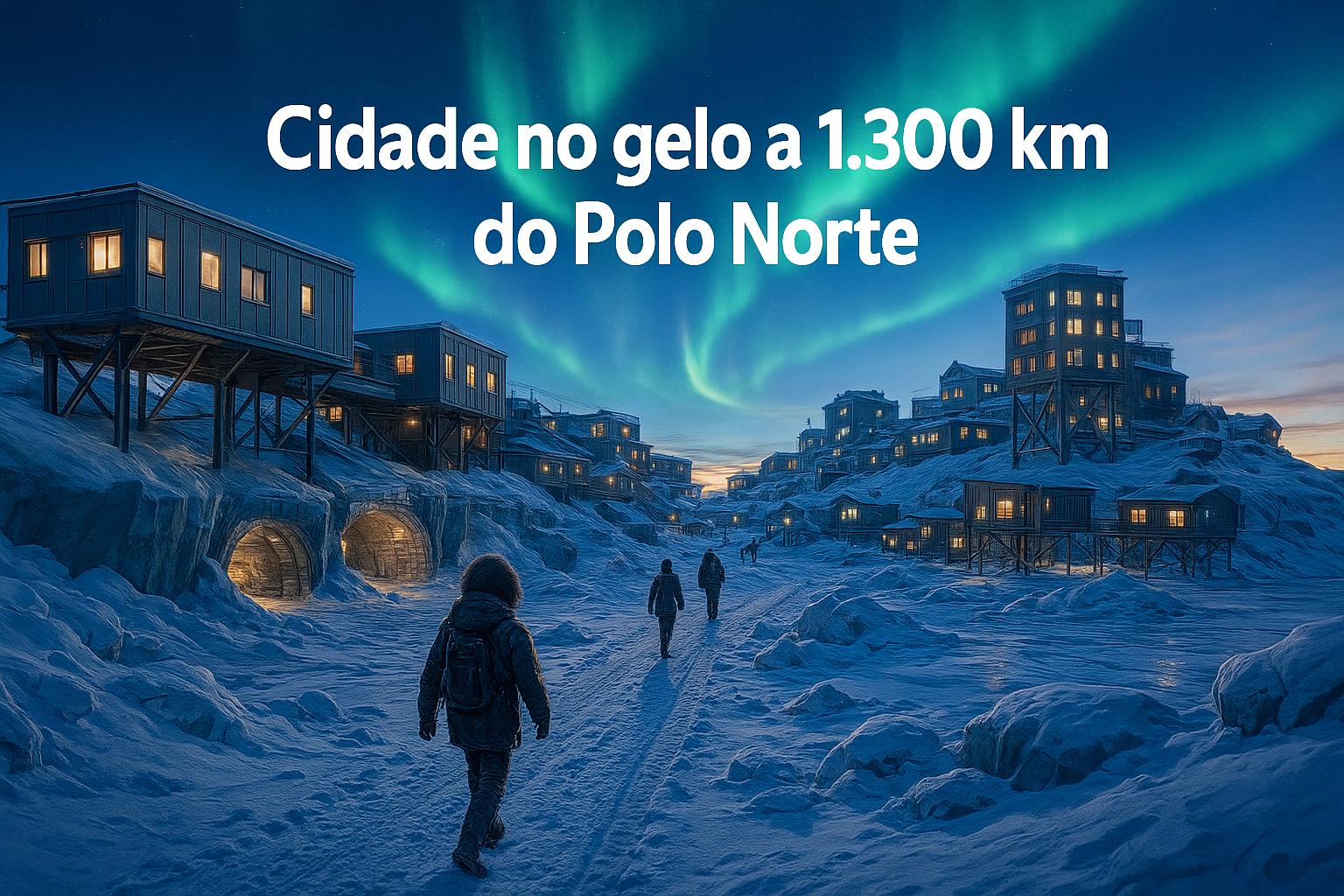
When the northern Swedish mining town of Kiruna was moved to accommodate an expanding mine, planners assured the creation of a modern and lively Arctic city. However, a new investigation from the University of Gothenburg reveals that the reconstructed Kiruna has turned out to be markedly colder, windier, and less pleasant to reside in.
Shifted several kilometers to the east of its previous location, the new Kiruna now occupies a low-lying area where cold air accumulates, particularly during the lengthy winter months. Residents report that the change is clear. The grid-patterned streets, towering buildings, and shaded square have altered the town’s microclimate, obstructing sunlight and enhancing wind.
## A Contemporary Scheme That Overlooked The Chill
Kiruna was previously lauded for its climate-responsive design. The original settlement, designed in 1900 by Per Olof Hallman, was situated on a slope facing south with serpentine streets that adapted to the landscape, minimizing wind tunnels and retaining solar heat. Yet, in the new Kiruna, these insights seem overlooked.
“Planners did not optimize the layout for the urban climate when they designed the city. However, it was recognized that the conditions would be more severe than those considered by city planner Per Olof Hallman when he created the city plan for Kiruna in 1900.”
This observation comes from Jennie Sjöholm, a built heritage expert at the University of Gothenburg, who has examined the transformation of Kiruna for 25 years. Her research published in the journal *Urban Design International* indicates that the new city’s microclimate is as much as 10 degrees colder than the original during winter, largely due to its location in a valley that traps icy air.
The new configuration replaced meandering, climate-conscious streets with a rigid grid and tall buildings that obstruct sunlight at ground level for the majority of the year. The design also emphasized commercial expansion, featuring three shopping malls and a large central plaza positioned where wind velocities are highest.
## When Aesthetic Meets The Arctic Breeze
City authorities aimed for the new center of Kiruna to appear urban and attractive, with denser streets, public art, and contemporary architecture. Yet residents quickly observed the unintended consequences. In winter, gusts of wind rush down the shopping boulevard and sweep across the open plaza.
“Even though urban planners have added value by creating a commercial center with three shopping malls, a plaza, and a new town hall, they have also constructed ‘a bloody wind tunnel,’ as described by one resident regarding the plaza facing the shopping street.”
The irony, according to Sjöholm, is that Kiruna’s self-perception as a “winter city” has persisted only in name. While the town promotes its snow festivals and Arctic allure, its very streets now render outdoor experiences less enjoyable. Historical architects like Ralph Erskine once adapted buildings to suit the climate, rounding corners to mitigate wind, stacking buildings of varied heights for warmth, and utilizing snow for insulation. Those principles have been replaced by aesthetic preferences and convenience.
“Planners have now prioritized other factors over completely safeguarding the microclimate,” Sjöholm notes. Some new neighborhoods even feature playgrounds and balconies facing north, an easily avoidable design oversight in the Arctic. The study suggests that minor adjustments, such as planting trees, installing wind barriers, and providing sheltered seating, could offer relief, but the overarching lesson may be a reminder of what the original Kiruna understood: in the far north, architecture and climate must function in tandem, or both will suffer.
Kiruna’s experience may soon resonate throughout the Arctic. Nearby towns like Gällivare, Malmberget, and Luleå are also undergoing transformations due to mining, green steel production, and the European Union’s drive toward carbon neutrality. As billions are invested in the region’s so-called green transition, planners must choose: repeat Kiruna’s errors or create northern cities that genuinely embrace the winter they cannot evade.
[Urban Design International: 10.1057/s41289-025-00277-4](https://doi.org/10.1057/s41289-025-00277-4)
**There’s no paywall here**
*If our reporting has informed or inspired you, please consider making a donation. Every contribution, no matter the size, empowers us to continue delivering accurate, engaging, and trustworthy science and medical news. Independent journalism requires time, effort, and resources—your support ensures we can keep uncovering the stories that matter most to you.*
Join us in making knowledge accessible and impactful. Thank you for standing with us!